Australian Criminal Intelligence Commission
The Australian Criminal Intelligence Commission has today released the first National Wastewater Drug Monitoring Program Report, with two sites in the Northern Territory providing a high-level snapshot of drug consumption in the territory.
“Of these sites, results indicate a high demand for both methylamphetamine and MDMA in the capital city catchment, while levels of cocaine consumption in regional NT were the lowest across all participating jurisdictions,” Australian Criminal Intelligence Commission CEO Chris Dawson said.
“Nationally, alcohol and tobacco were consistently the highest consumed tested substances in all states and territories, and the two Northern Territory sites showed the highest average per capita consumption for both substances,” Mr Dawson said.
The National Wastewater Drug Monitoring Program measures the use of illicit drugs and some licit drugs in the community by chemically analysing sewerage water.
“The first National Wastewater Drug Monitoring Program Report provides a baseline for the quantity of drugs being consumed, which will be built upon in future reports.”
“Data obtained over the life of the program will highlight communities with high drug usage, the drug types that are most common and emerging geographic drug markets.
“The initial findings in the Northern Territory indicate a strong demand for both licit and illicit substances, and we will be working with our partners to understand these results as the National Wastewater Drug Monitoring Program reveals trends and patterns over time,” Mr Dawson said.
“The National Wastewater Drug Monitoring Program results are integral in shaping a whole of government and whole of community response to the demand for illicit drugs in Australia, and the harms drugs bring to the community,” Mr Dawson said.
The Australian Criminal Intelligence Commission received $3.6 million over three years from Proceeds of Crime funding for the National Wastewater Drug Monitoring Program, and has commissioned the University of Queensland and the University of South Australia to undertake the program and prepare the first research report containing its findings.
The report is available from the Australian Criminal Intelligence Commission website
